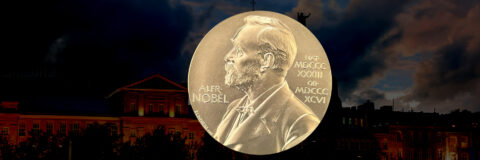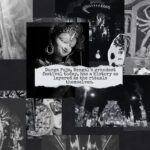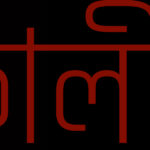Every October, everyone waits to see who wins the Nobel Prizes. These are the people whose work changes what we know about science, art, and peace. In 2025, the prizes are all about the things that matter most to us now: getting better, understanding stuff, and making up.
Medicine: When Your Body Plays Nice
The 2025 Nobel Prize in Medicine went to Mary E. Brunkow, Fred Ramsdell, and Shimon Sakaguchi because they figured out how the body stops the immune system from attacking itself. It’s called peripheral immune tolerance.
They found out that there are special cells, called regulatory T cells (T-regs), that act like bodyguards. They stop the immune system from attacking healthy stuff while still letting it fight off bad germs. A key to this is a gene called FOXP3, which is important for T-reg cells to grow. Messing with this gene can cause serious immune problems.
This prize points out how cool the immune system is, with all its checks and balances. It also gives us hope for new ways to treat autoimmune diseases, stop the body from rejecting transplants, and rethink how we treat cancer.
Physics: Quantum Stuff You Can Hold
In Physics, the 2025 winners – John Clarke, Michel Devoret, and John Martinis – showed that quantum stuff can happen in tiny electrical circuits. Their tests showed that the quantum world and regular-sized devices can work together. This is needed for things like quantum computers, sensors, and codes.
By showing weird quantum things in systems you can hold, they moved things forward. The quantum world isn’t far away; it’s coming to us.
Chemistry: Building with Tiny Holes
The 2025 Nobel Prize in Chemistry went to Omar M. Yaghi, Richard Robson, and Susumu Kitagawa. They made metal-organic frameworks (MOFs), which are like crystals with tons of tiny holes.
MOFs are big deal because you can build them to store gases, clean up pollution, speed up reactions, or even trap carbon dioxide. They let chemists create spaces at the tiny level to solve problems with energy, the environment, and health.
Literature: Art vs. the End of the World
The 2025 Nobel Prize in Literature went to László Krasznahorkai, a writer from Hungary. His books are deep and deal with scary stuff and how art can last. The Swedish Academy said his work shows the power of art when things look really bad.
Krasznahorkai’s stories are about worlds about to fall apart, but they still look for meaning. They remind us that books aren’t just for fun; they help us face tough stuff. They’re not quiet, but a strong voice.
Peace: Standing Up for What’s Right
The 2025 Nobel Peace Prize went to María Corina Machado, a leader in Venezuela who fights for democracy. This was a big statement.
Even though she’s been stopped from running for office and is in danger, Machado’s work has become a sign of hope. The Nobel Committee said she represents the fight of an entire people. She gave the prize to the people of Venezuela as a symbol of fighting back together.
Her win also surprised many since others were expected to win. It shows that the Nobel Peace Prize often goes to those who stick with it and have courage, not just famous people or political figures.
What It All Means: Nobel 2025 Thoughts
Balance is key: The medicine prize shows we need to balance things inside us, like our immune system.
Everything’s connected: The winners show how things are related, from tiny atoms to big societies. Small stuff can change everything.
Art matters: Krasznahorkai’s prize says that books are still important, especially when the world feels lost.
Courage wins: Machado’s prize says that peace takes strength to stand up to those who are in charge.
The Nobel Prize 2025 sticks to what it always does: rewarding big ideas that spread out, challenge the way things are, and make us think about a better world.



